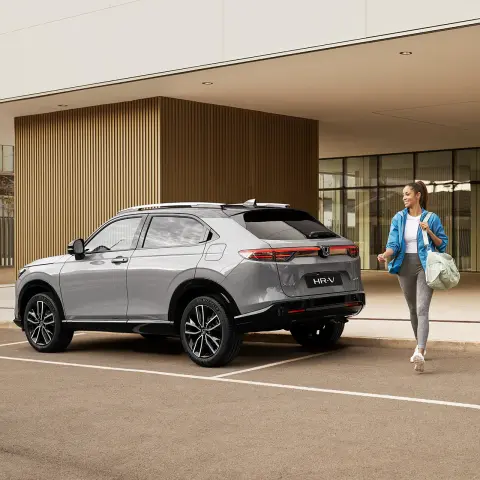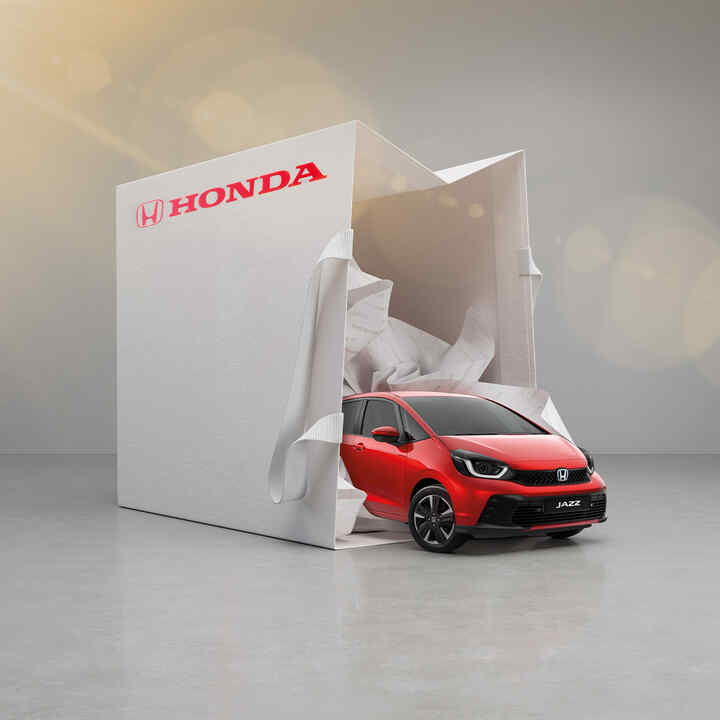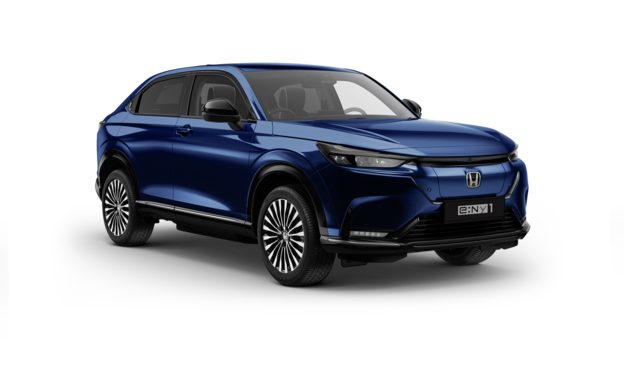• 5.9% APR Representative* • £2,000 Honda Deposit Contribution* • £1,000 Honda Retailer Contribution* • Offer ends 31st August 2025 *T&Cs apply.
See Our Range

Buy your new Honda online
You can now purchase the HR-V and e:Ny1 online.
Use the configurator to customise your new car, get a part exchange on your current vehicle, and to purchase your new HR-V or e:Ny1 all from the comfort of your home.






















